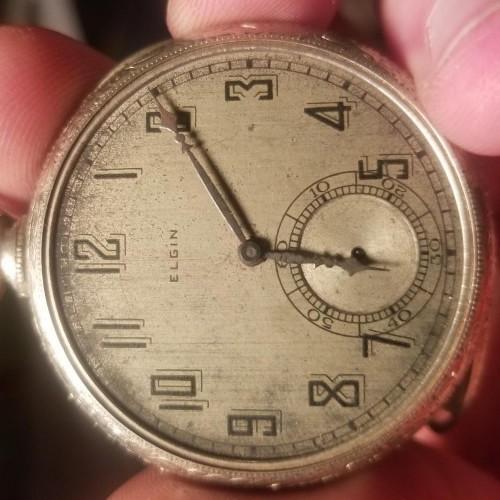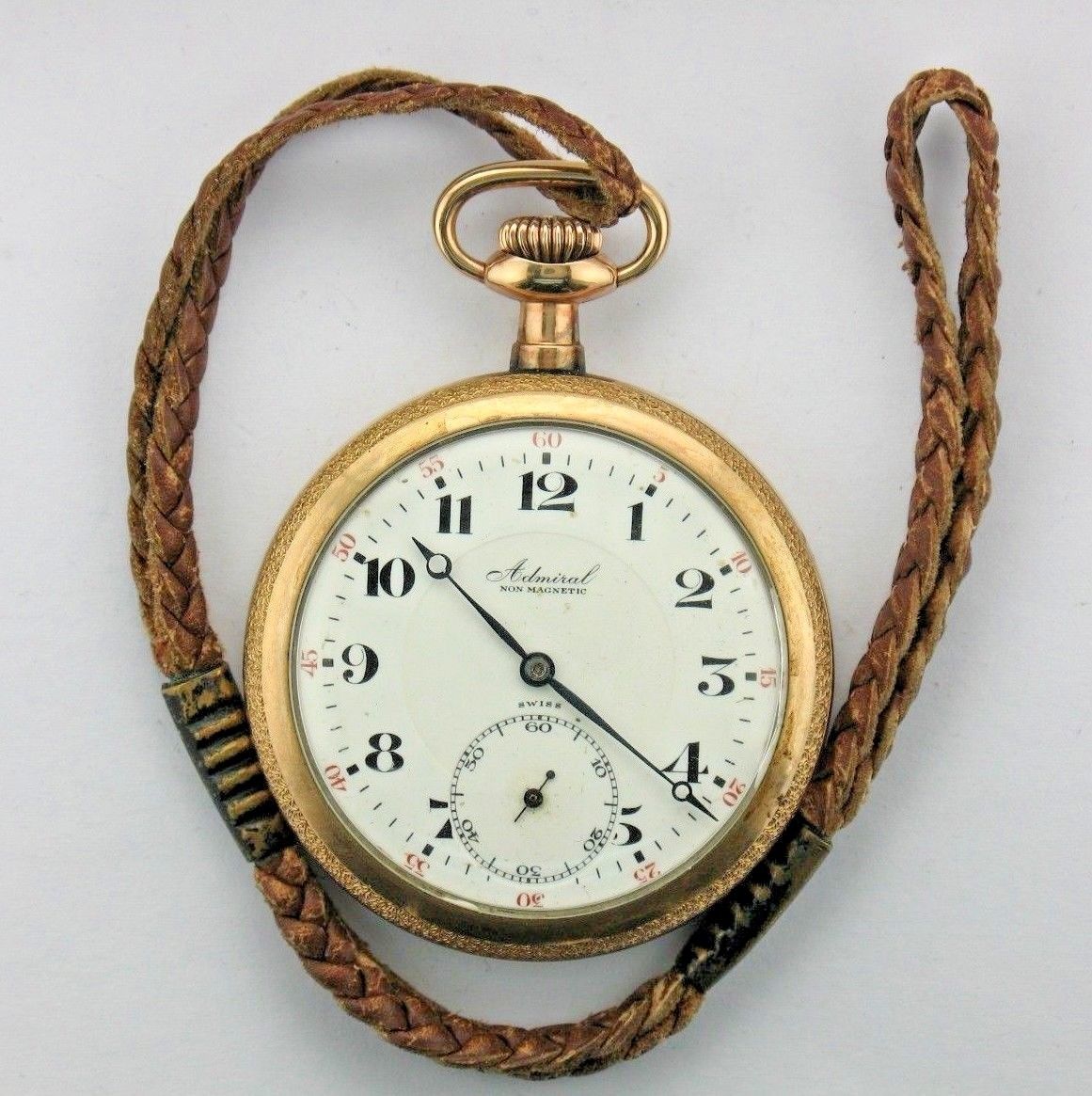
The third, 4, indicates that the watch material is Stainless w/ 18k White Gold.

The second, 1, indicates that the bezel is a finely engine turned bezel. You might also try looking in the book The Complete Price Guide to Watches by Richard M. The first, 160, indicates that this watch is a Datejust. I am sure this new date is more accurate but new information is appearing all the time. These tables are only accurate for the movement serial numbers. What this means is that if you have a watch that was previously dated by this lookup to the 1950s or early 1960s you may find that the result you get now will be 2 or 3 years earlier.
#WRIST WATCH SERIAL NUMBER LOOKUP SERIAL NUMBERS#
I believe the production of watches actually increased during the war but as most of these military contract watches don't have Helvetia serial numbers the serial numbering itself didn't start to increase until this capacity was turned over to making watches for the civilian market in 1945. It looks as if serial numbers rose rapidly in the late 1940s following the end of the war and not later in the 1950s as I previously thought. I have updated this lookup in June 2020 with the results of research over the last year or so. If the result of your lookup is in the late 50s or 60s the year will probably be not quite as accurate and I would allow a couple of years either side. In the late 1940s and 50s production rose rapidly, probably to about 90,000 a year by the late 50s before dropping somewhat in the 1960s. Pinning down a date becomes more difficult following this increase and there is also less evidence of year of manufacture around. This all means that I am quite confident about dates up to this time and the date given will probably be correct to within a year or so. There were also several patents by Helvetia published at this time as well as many precious metal cases with hallmarks. This year is the most probable year for your serial number given all the information available.įrom 1914 through to the late 1940s Helvetia's watch production was pretty stable at about 40,000 to 60,000 watches a year, towards the higher end during WWI and dropping in the 20s and 30s. The 'Date from Serial Number Lookup' below will supply you with a single year answer. The General Watch Company, Helvetia's parent company, had other brand names in its stable and you may be able to also look up Orta, Ortona, Paradox, Post and Sackville wrist and pocket watches using this tool if their serial numbers fall within the range.

Not all Helvetia watches have a serial number inscribed on them and early trench watches, chronographs and triple date watches often have a different format serial number that, unfortunately, I cannot use to date these watches. Serial numbers are usually inscribed on the inside or outside of the case back often with a case number. Using information from hallmarks, inscriptions, movement types, patent applications and the style of watch I have developed a database to allow the reasonably accurate dating of Helvetia watches from these numbers. They continue to about 6,100,000 in 1973 when they changed their serial numbering system. It looks as if the numbers are a continuation of, and are combined with, the General Watch Company's pocket watch serial numbers.

Helvetia serial number marking on their watches appear to start at about 2,000.000 in about 1914.


 0 kommentar(er)
0 kommentar(er)
